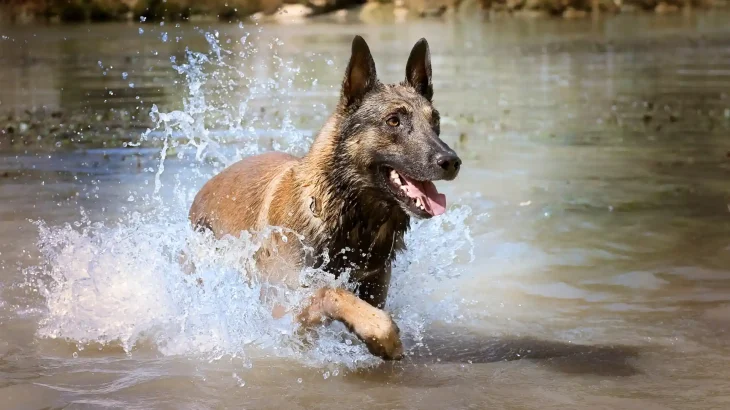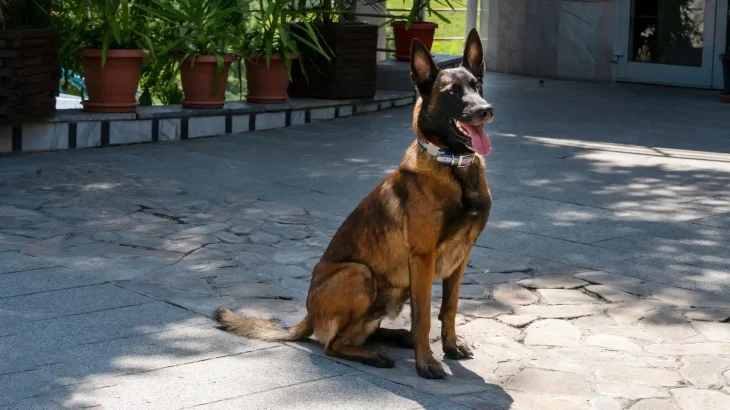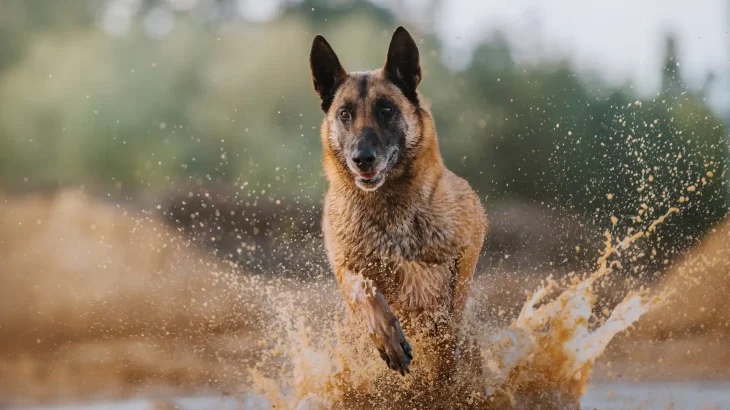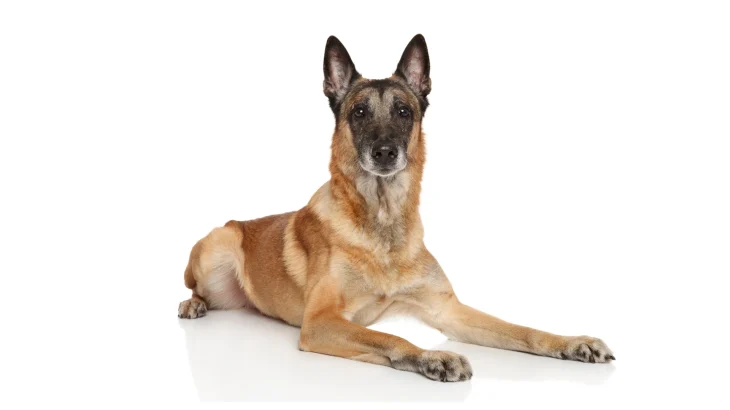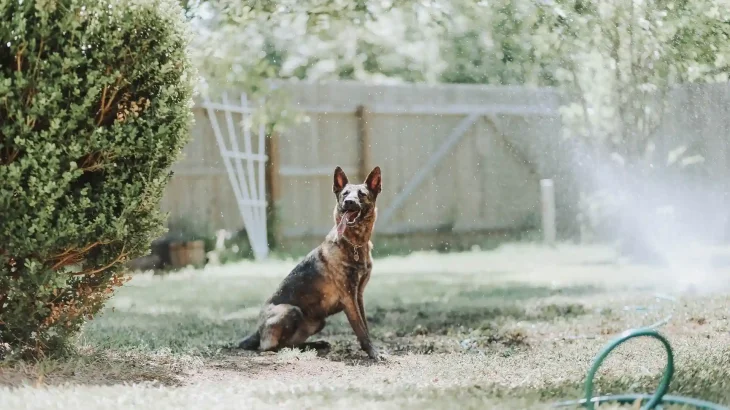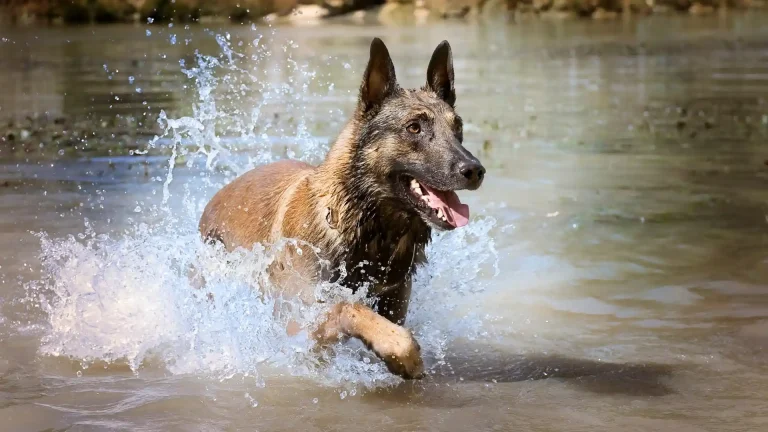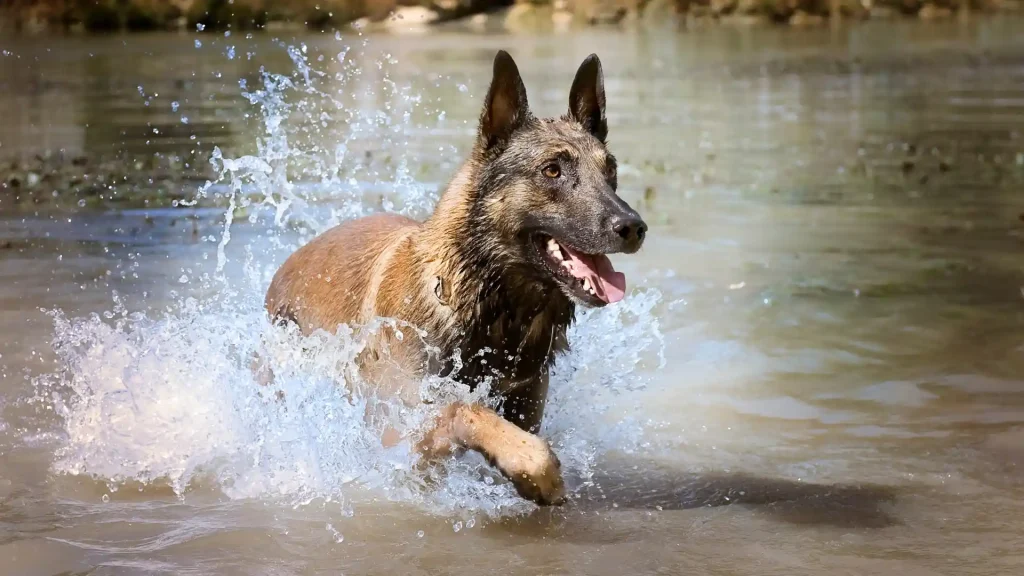When deciding between adopting or purchasing a Belgian Malinois puppy, the choice often boils down to your priorities regarding health history, breed purity, and ethical considerations. Buying from a breeder typically ensures pedigree and documented health records, while adoption offers a chance to provide a loving home to a dog in need, though with less predictability.
| Criteria | Buying from Breeder | Adopting from Shelter/Rescue |
|---|---|---|
| Cost | Generally higher cost, often between $1,000-$3,000, reflecting purebred status and lineage. | Lower adoption fees, typically $100-$300, often including vaccinations and spay/neuter. |
| Health History | Comprehensive health records and genetic screenings commonly provided. | Health history may be limited or unknown; shelters perform basic health checks. |
| Age Availability | Primarily puppies, allowing early training and socialization. | Varied ages available, including adults; may suit different lifestyles. |
| Temperament Insight | Breeders can provide information about lineage temperament and socialization. | Shelters observe behaviors but background may be less known. |
| Supporting Practices | Supports breeding programs focusing on breed standards; ethical breeder choice is crucial. | Supports animal welfare and reduces homeless dog population. |
| Breed Purity & Pedigree | Ensures purebred lineage and often registration papers. | Often mixed or unknown breed background; pedigree usually unavailable. |

